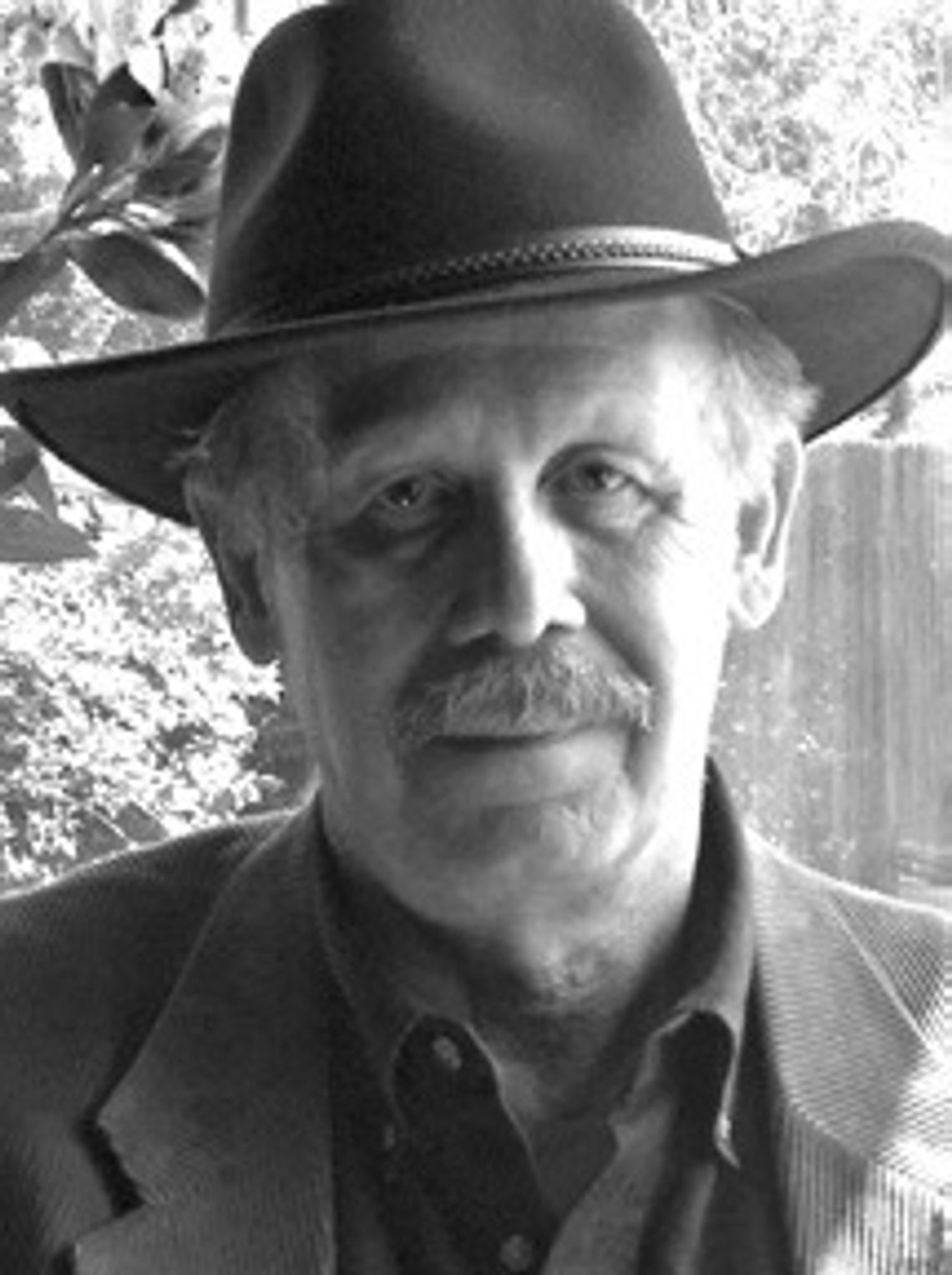As the Texas Ranger lieutenant prepared to fight 150 or more Indians with only 18 men on Nov. 10, 1837, he must have questioned the wisdom of his reckless decision to part company with his captain, William Mosby Eastland.
Born in Kentucky and raised in Tennessee, Eastland was 28 in 1834, when he moved to Texas with his wife and children, two brothers and a cousin named Nicholas Mosby Dawson. The clan settled on a piece of land in what became Fayette County three years later.
With the political pot approaching the boiling point in the summer of 1835, Eastland waged war on the Wacos and Tawakonis as an officer of an all-volunteer company. Later that year, he switched from fighting Indians to fighting Mexican soldiers in the Siege of Bexar, the first major engagement of the Texas Revolution.
Eastland at the Battle of San Jacinto might best be described as a ferocious tiger with an insatiable blood lust. Passing along Gen. Sam Houston’s order to stop the carnage, he reportedly said, “Boys, take prisoners. You know how to take prisoners. Take them with the butt of (your) guns…and knock their brains out.”
Five months later, Eastland enlisted in the Texas Rangers officially formed the previous November. Following a promotion to captain in December 1836, he tried to impose strict discipline on the unruly ranks, a very unpopular move.
According to Walter P. Webb in his classic The Texas Rangers, the enlisted men “marched out, stacked their arms, told him to go to hell and said they would go home.” Eastland managed to meet them halfway without losing their respect and remained in charge until 1838.
In early October of 1837, the Kichais, a small Caddoan affiliate based near present-day Palestine, raided Fort Smith at the junction of the Leon and Lampasas rivers. Capt. Eastland gave pursuit with his company of Rangers but after a few days lost the Indians’ trail.
At this point, the discipline Eastland had worked so hard to instill broke down. A bitter argument with his second-in-command ended with the hard-headed subordinate going his own way and taking half of the company, a total of 17 men, with him.
The breakaway Rangers picked up the Kichais’ trail a week or so later and tracked them north to present-day Archer County south of Wichita Falls. That was when the raiders, who numbered between 150 and 180, finally asked themselves why they were running from such a small handful of whites.
The Battle of Stone Houses, so-called because of three rock mounds, could have been avoided. Cherokee and Delaware traveling companions of the Kichais were close to arranging a peaceful solution, when a Ranger killed an Indian for his plug of tobacco.
Seconds after the cold-blooded murder, the Kichais attacked. Two hours into the uneven battle, the Indians set fire to the prairie to force the Texans out in the open. The eight surviving Rangers escaped on foot in the smoke and walked all the way to the Sabine River.
Eastland left the frontier corps a little while later and took part in his last Indian campaign, this time against the Comanches, in 1839. He then turned his attention to his neglected family and also to politics, resulting in his 1840 election as a Fayette County land commissioner.
Eastland’s battlefield vacation was cut short by the troubles of 1842. In the second military incursion in eight months by the Mexican military, a strike force under the command of a French-born mercenary seized San Antonio. The ex-Ranger quickly came out of retirement, found plenty of men anxious to follow him and rode for the Alamo City.
Eastland arrived too late for the Battle of Salado Creek, where a hastily organized force convinced the invaders to hightail it for home. But Eastland’s joy at the news of the victory was turned to inconsolable sorrow by a personal tragedy.
A second group of Fayette County volunteers led by Nicholas Dawson had been surrounded and massacred by 500 Mexican cavalry only a mile and a half from Salado Creek. Besides his cousin, the dead included a nephew hardly old enough to shave.
Overcome with remorse and rage, Eastland signed up for the punitive expedition commanded by Gen. Alexander Somervell. When President Houston’s man refused to go no farther than the Rio Grande, he plunged ahead with the unauthorized expedition that was taken captive en masse at the Mexican border town of Mier.
As punishment for an ill-fated escape attempt, the prisoners were forced to draw beans from a pot. Eastland picked the initial black bean and was shot along with 16 other Texans, who had the same bad luck.
William Mosby Eastland rests today alongside his kinsmen and other Lone Star martyrs in the memorial tomb atop Monument Hill outside La Grange. It is worth the stop for all Texans who take their history seriously.
Bartee welcomes your comments and questions at [email protected] or P.O. Box 130011, Spring, TX 77393.
Quest for revenge ends in execution
As the Texas Ranger lieutenant prepared to fight 150 or more Indians with only 18 men on Nov. 10, 1837, he must have questioned the wisdom of his reckless decision to part company with his captain, William Mosby Eastland.
- 11/08/2023 10:00 PM











